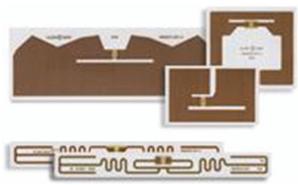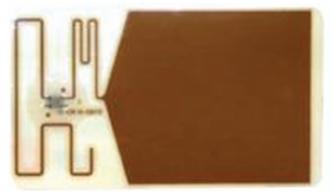GVVIN
Advanced Member level 4
two req_rn
Hi,
Can two interrogators access a single tag at the same time.??
According to Epc tag will have ability to store 2 RN16s. So if a tag receives Req_RN from two interrogators will it be able to send different RN16's.
By using different sessions and inventoried flags tag can identify different interrogators.
Is these statements correct.
Thanks
GVVIN
Hi,
Can two interrogators access a single tag at the same time.??
According to Epc tag will have ability to store 2 RN16s. So if a tag receives Req_RN from two interrogators will it be able to send different RN16's.
By using different sessions and inventoried flags tag can identify different interrogators.
Is these statements correct.
Thanks
GVVIN


